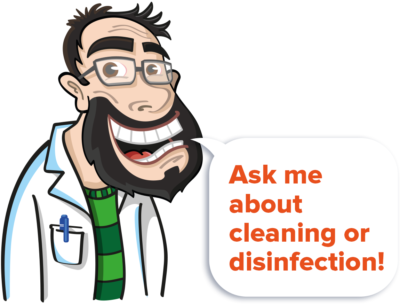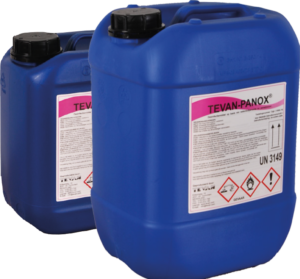Disinfecting with Quats
Disadvantages of Quats for surface disinfection
What are Quats?
A Quat is a liquid disinfectant based on a quaternary ammonium compound. Quats break down a large number of microorganisms and are often used to combat bacteria and fungi. However, using Quats has a number of disadvantages, which are explained below.
What are Quats used for?
Quats are often used to combat fungi and bacteria in the sports and recreation sector. Consider, for example, disinfecting fitness equipment or making showers in swimming pools mold-free. However, this is not always the best way to disinfect. Tevan explains the disadvantages of Quats as a surface disinfectant in 5 simple steps.
5 steps of Quat disinfection
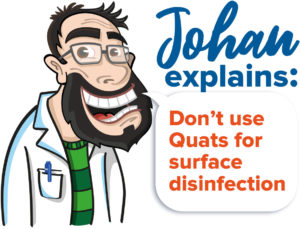
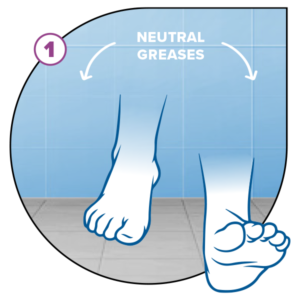
Neutral greases and oils adhere to surfaces. This makes the surface rough and allows dirt to adhere even better.
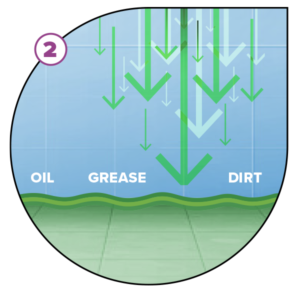
Alternating layers of dirt and grease build up, making them increasingly difficult to remove with cleaning products. Microorganisms form in the adhesive layer.
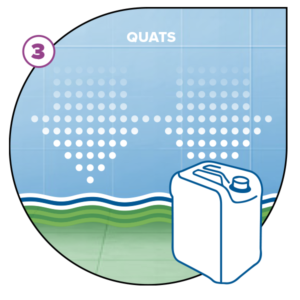
Disinfection with Quats ensures that Quats encapsulate the micro-organisms. However, the Quats also adhere to the surface, creating an extra layer above the adhesive layer.
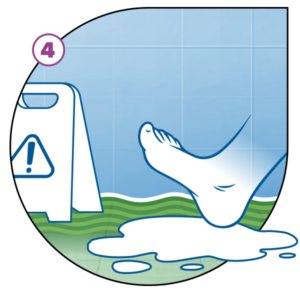
It is now almost impossible to rinse with water, making the surface slippery.
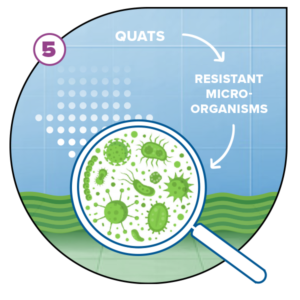
The microorganisms that survive become immune to Quats and now use them for food.
Which disinfectant does work?
Tevan Panox breaks down microorganisms, instead of encapsulating them. This removes the adhesive layer from the surface so it can easily be rinsed away with water. This gives you a hygienic and safe surface again.
What is Tevan Panox?
Tevan Panox is a highly concentrated disinfectant based on hydrogen peroxide and a low percentage of peracetic acid with special “wetting agents”. Tevan Panox is intended for disinfecting surfaces, equipment, utensils, pipes, water tanks and spaces. Applicable in, among others, the drinking water sector (anti-legionella), swimming pools, public health care and the veterinary sector. Admission in PT02, PT03, and PT04.
Do you have a question for Johan? Fill out the contact form below and maybe he’ll answer it in the next column.
